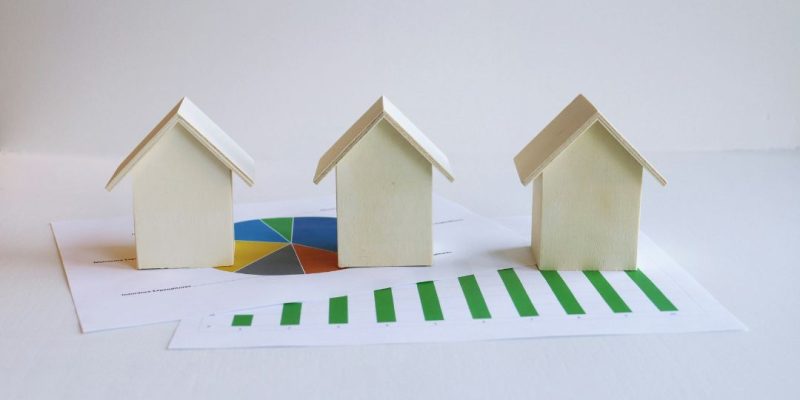
The dust is settling after a turbulent election period, and with it, mortgage rates seem to be finding a level.
While still historically high, the relative stability offers a glimmer of hope for prospective homebuyers weary of fluctuating borrowing costs.
The average 30-year fixed rate mortgage settled at 6.78% for the week ending November 14, a virtual standstill from the 6.79% recorded the week prior, according to Freddie Mac data via the Federal Reserve.
“Even though it’s higher than it has been over the course of several weeks, it’s probably good news for homebuyers,” notes Jessica Lautz, deputy chief economist and vice president of research at the National Association of Realtors, emphasizing the value of predictability in a market often characterized by uncertainty.
“When rates are moving around a lot, it makes a lot of uncertainty in the market,” she told CNBC.
Decoding the election’s impact on rates
The recent election injected a dose of volatility into the mortgage market.
An initial dip in anticipation of interest rate cuts was swiftly countered by a surge in borrowing costs as the bond market reacted to Donald Trump’s victory and its potential implications for economic policy.
James Tobin, president and CEO of the National Association of Home Builders, told CNBC, “They foresee inflationary policies, whether it’s tariffs or greater government spending, the tax bill … they’re pricing in more inflation.”
This market sentiment translated directly to higher Treasury yields, which, in turn, pushed mortgage rates upward.
“As the bond market reacts, mortgage rates are going to react to that, too,” Tobin adds.
A request for comment from Trump’s team went unanswered.
Stability: a welcome anchor for homebuyers
The relative calm following the immediate post-election surge offers a welcome reprieve.
Chen Zhao, chief economist at Redfin, points out the detrimental effect of volatility on rates: “High volatility by itself actually pushes mortgage rates even higher above treasury yields.”
A stable rate environment empowers potential homebuyers to confidently assess affordability and make informed decisions.
“More stable rates also means that homebuyers don’t have to worry during their home search about what their budget allows for changing,” CNBC quoted Zhao as saying.
Looking ahead: gradual decline, not dramatic shifts
While experts anticipate a gradual easing of mortgage rates over time, a dramatic plunge into the 5% range is unlikely.
Lautz projects rates holding steady in the 6% range as we move into 2025.
“I don’t think that there’s going to be any huge swings down into the 5% range,” she states.
Our expectation is that rates are going to be in the 6% range as we move into 2025.
The future trajectory of rates hinges, in part, on the Federal Reserve’s monetary policy decisions.
Federal Reserve Chair Jerome Powell’s recent statements suggest a measured approach to future rate cuts, underscoring the complex interplay between economic growth and government policy in shaping the mortgage landscape.
Robert Dietz, NAHB’s chief economist, highlights this dynamic, observing, “However, improved growth expectations would lead to higher rates, as would larger government deficits.”
Navigating the market
Despite elevated rates, the current market presents opportunities for savvy buyers, sellers, and homeowners.
The traditional winter slowdown in real estate activity can create a less competitive environment for determined buyers.
For homeowners burdened with mortgages taken out when rates peaked near 8% last year, refinancing may offer significant savings.
Jeff Ostrowski, a housing expert at Bankrate.com, advises considering a refinance if rates have fallen by one to two percentage points.
However, it’s crucial to factor in the associated costs, which can range between 2% and 6% of the loan amount, as noted by Jacob Channel, an economist at LendingTree.
Furthermore, homeowners benefit from record levels of equity, exceeding $17.6 trillion in the second quarter of 2024, according to CoreLogic.
This equity, which saw an 8% year-over-year increase, provides a valuable asset for sellers navigating a higher-rate environment, potentially allowing for larger down payments on subsequent properties.
The post Refinance or ride it out? Making sense of today’s mortgage rates appeared first on Invezz








